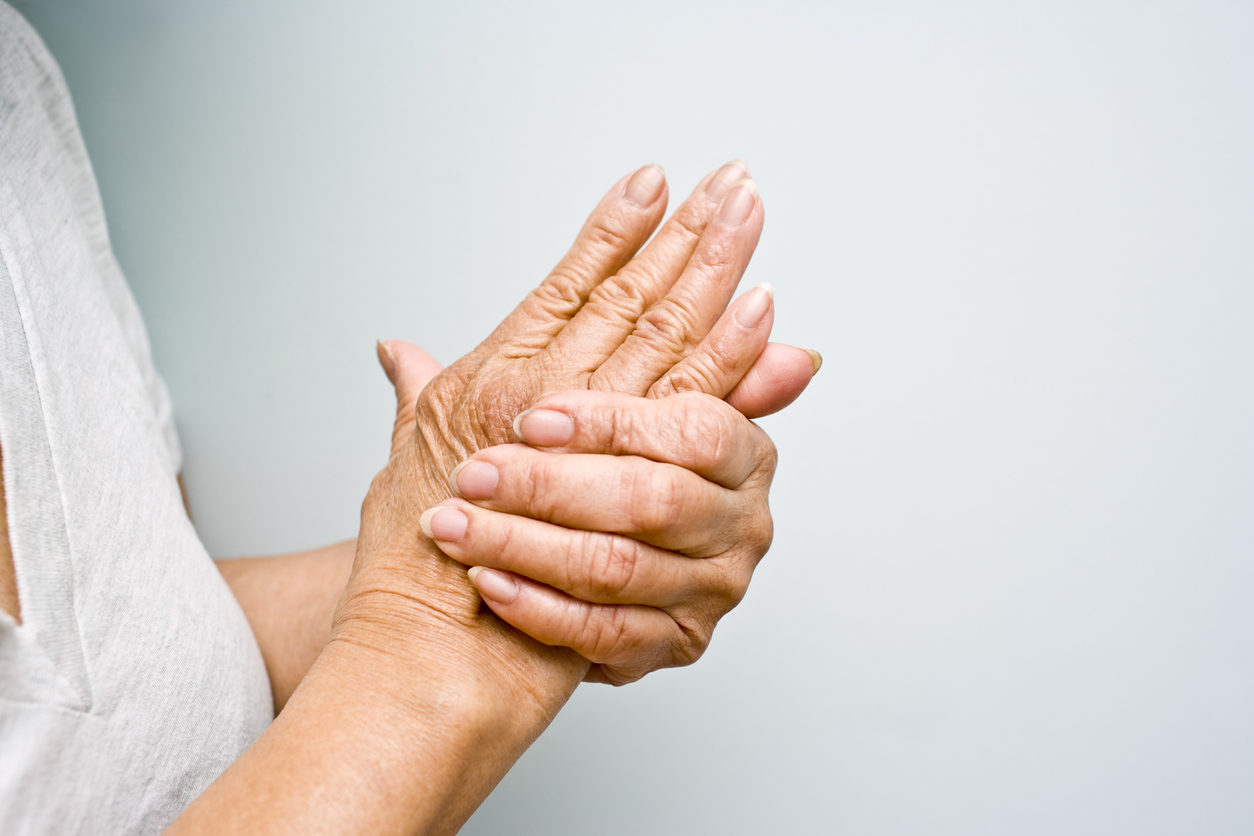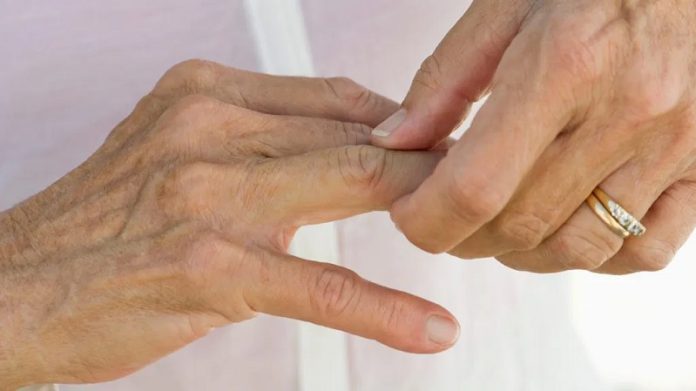Dhealthwellness.com – There are many different causes of finger joint pain. Some are autoimmune, some are due to injury or infection, and others are secondary to arthritis. To learn more about the causes and symptoms of finger joint pain, read on. Listed below are some of the most common causes of finger pain and how to treat them. The first thing you need to do is visit a doctor. They will be able to diagnose your specific problem and prescribe a treatment.
Some Causes of Finger Joint Pain
There are several causes of finger joint pain, and you should seek medical care if the pain is severe or is limiting your ability to perform everyday activities. Ice packs and buddy taping are two ways to help immobilize the finger and reduce swelling. Your doctor can prescribe a pain medication to relieve the pain. In some cases, a doctor may recommend a prescription of nonsteroidal anti-inflammatory drugs, as well.
If you are concerned about the possibility of a bacterial infection, consider visiting a doctor to determine the cause. You should also consult your doctor if you have a fractured bone or other condition that affects your finger joints. Although your symptoms may be mild, a medical professional can prescribe you a medication to relieve your discomfort and keep your finger from swell. You can also try taking over-the-counter pain medication, such as Advil. If these measures do not provide relief, your doctor may recommend a surgical procedure.

Inflammatory conditions can make your condition worse if left untreated. To prevent a recurring disease, you should see a doctor as soon as possible. The symptoms of finger joint pain can be easily relieved by limiting repetitive overuse of the affected joints. Applying ice or taking other measures to strengthen the fingers and hand. Taking proper care of these symptoms is crucial for optimal health. And with treatment, you will be on your way to full recovery.
Consult a Rheumatologist for Diagnosis
Inflammation in your finger joints can be caused by a number of conditions. A cut or bite on your finger can get infected with bacteria, causing swelling and pain. As the infection heals, the swelling will subside. There are other reasons why you may be suffering from joint inflammation, such as rheumatoid arthritis or other systemic illnesses. If you think you may have an inflammatory disease, you should consult a rheumatologist for diagnosis.
Another cause of finger joint pain is arthritis. When the large knuckle bones of the fingers become damaged, the middle finger joint will bend backwards or downwards. This causes a swan’s neck appearance. The pain will make it hard to perform manual tasks. Symptoms of arthritis can include the following:

People with an autoimmune disease such as SLE are more likely to develop arthritis. These people have a genetic predisposition to develop the disease. The symptoms of SLE include stiffness and pain. SLE symptoms may be exacerbated by repetitive use, overuse, and lack of rest. It is important to see a doctor for a diagnosis to avoid further complications. For a more detailed explanation of finger joint pain, visit your doctor.
Taking the Right Treatment for Finger Joint Pain
Another cause of finger joint pain is arthritis. When arthritis strikes a joint, it targets the place where bones connect. The fingers have many tiny joints that allow fluid movement. If not treated properly, the condition may deteriorate and prevent a person from performing daily tasks. In severe cases, arthritis can be debilitating and affect daily activities. If left untreated, it may result in permanent damage. If you have arthritis, seek medical attention as soon as possible.
Other causes of finger joint pain are psoriatic arthritis and rheumatoid arthritis. Rheumatoid arthritis affects the hands of people with diabetes and can result in musculoskeletal problems. Symptoms of these diseases can vary and can lead to disability. A doctor will be able to diagnose the specific cause. They can recommend the proper treatment for your particular case. When your symptoms occur, a doctor can also prescribe a prescribed medication for you.

If nonsurgical treatment fails, you can undergo joint replacement. Surgical techniques for arthritis can also involve artificial implants that can replace a joint that has become too damaged. Surgical treatments may include tendon repair or joint fusion, depending on the specific type of arthritis and the cause of your pain. Surgical procedures usually involve a reasonable chance of long-term pain relief and a return to normal function. Joint replacement is generally the preferred method, but a surgery called a joint fusion may also be used. Joint fusion can also cause symptoms.
Reference:
